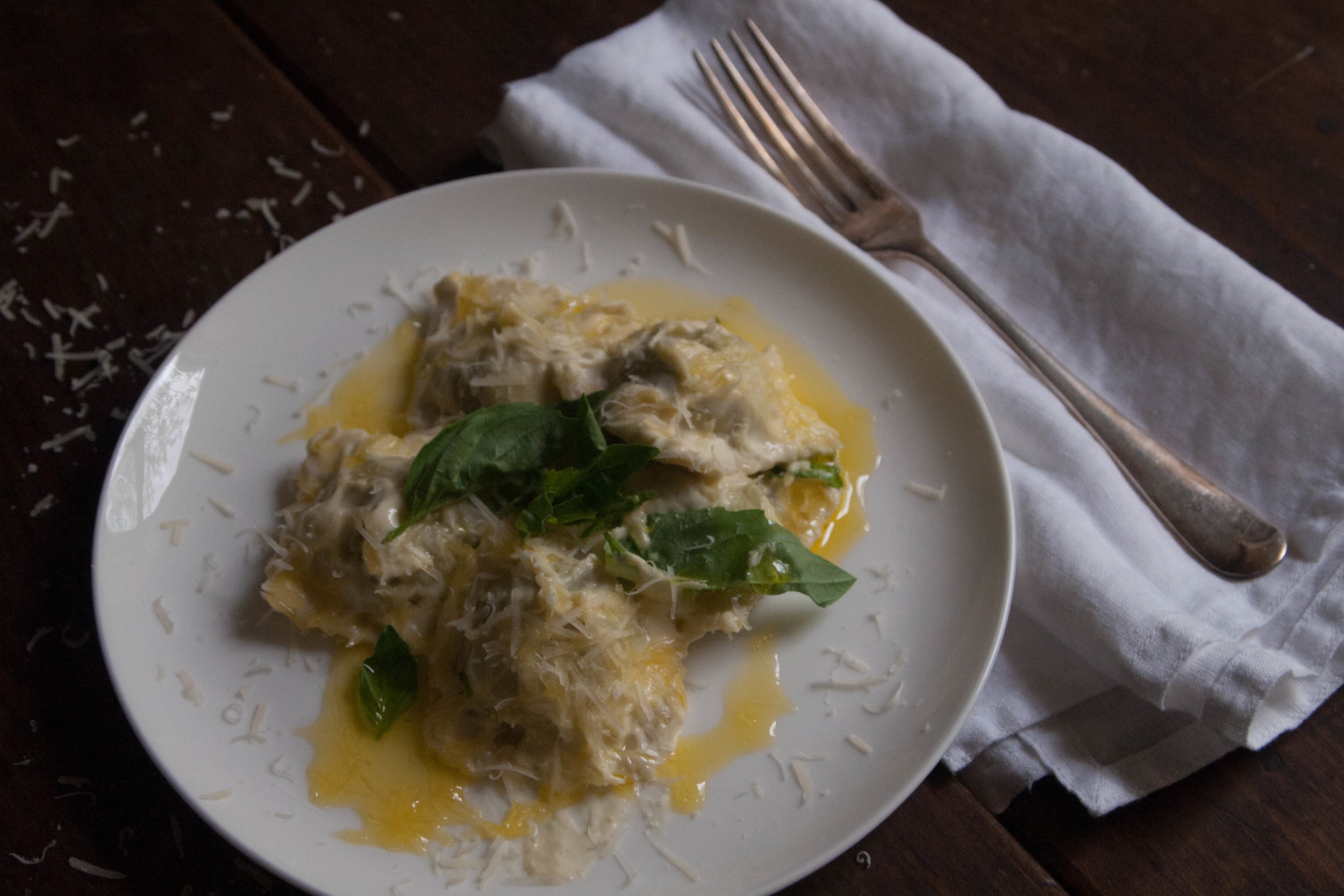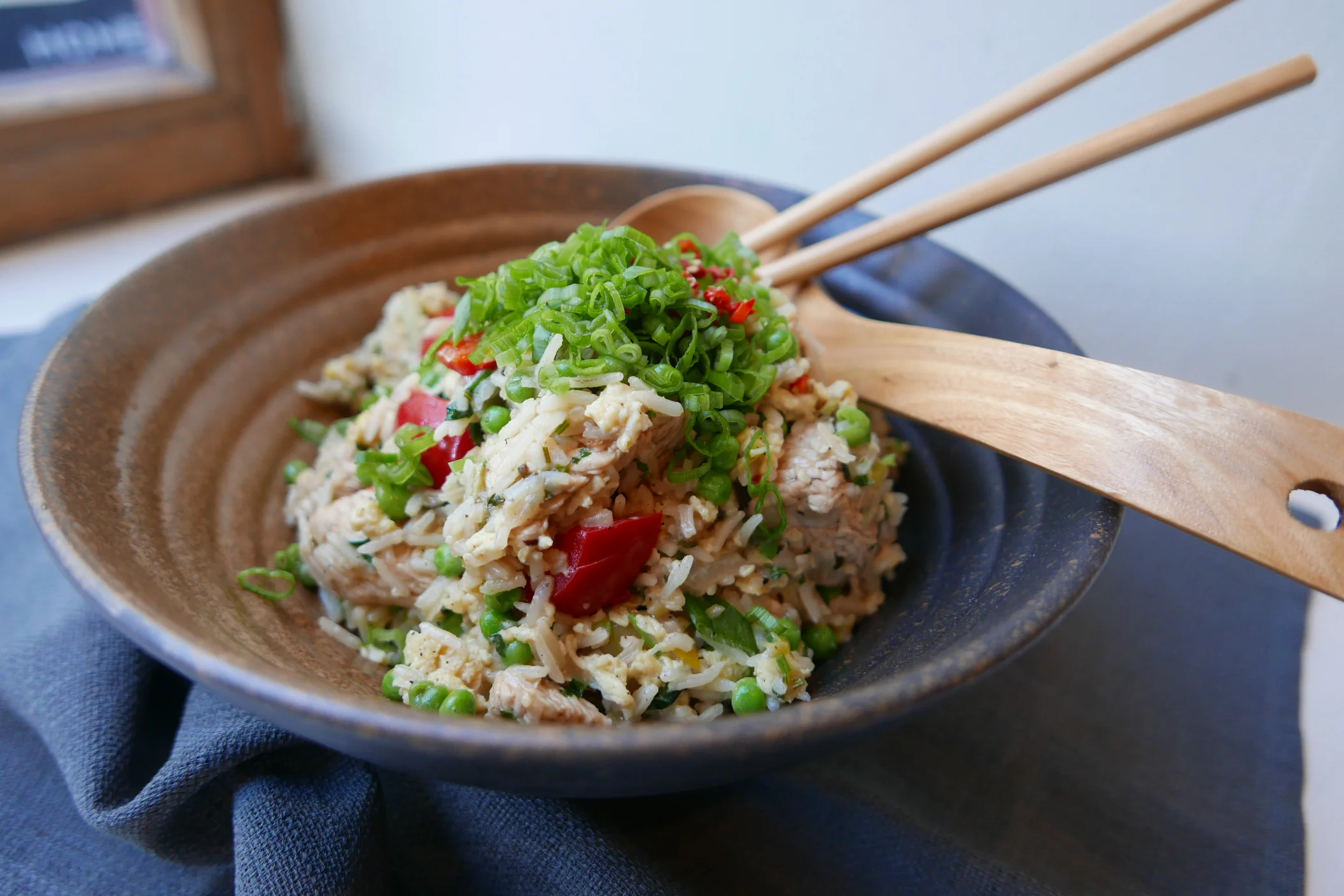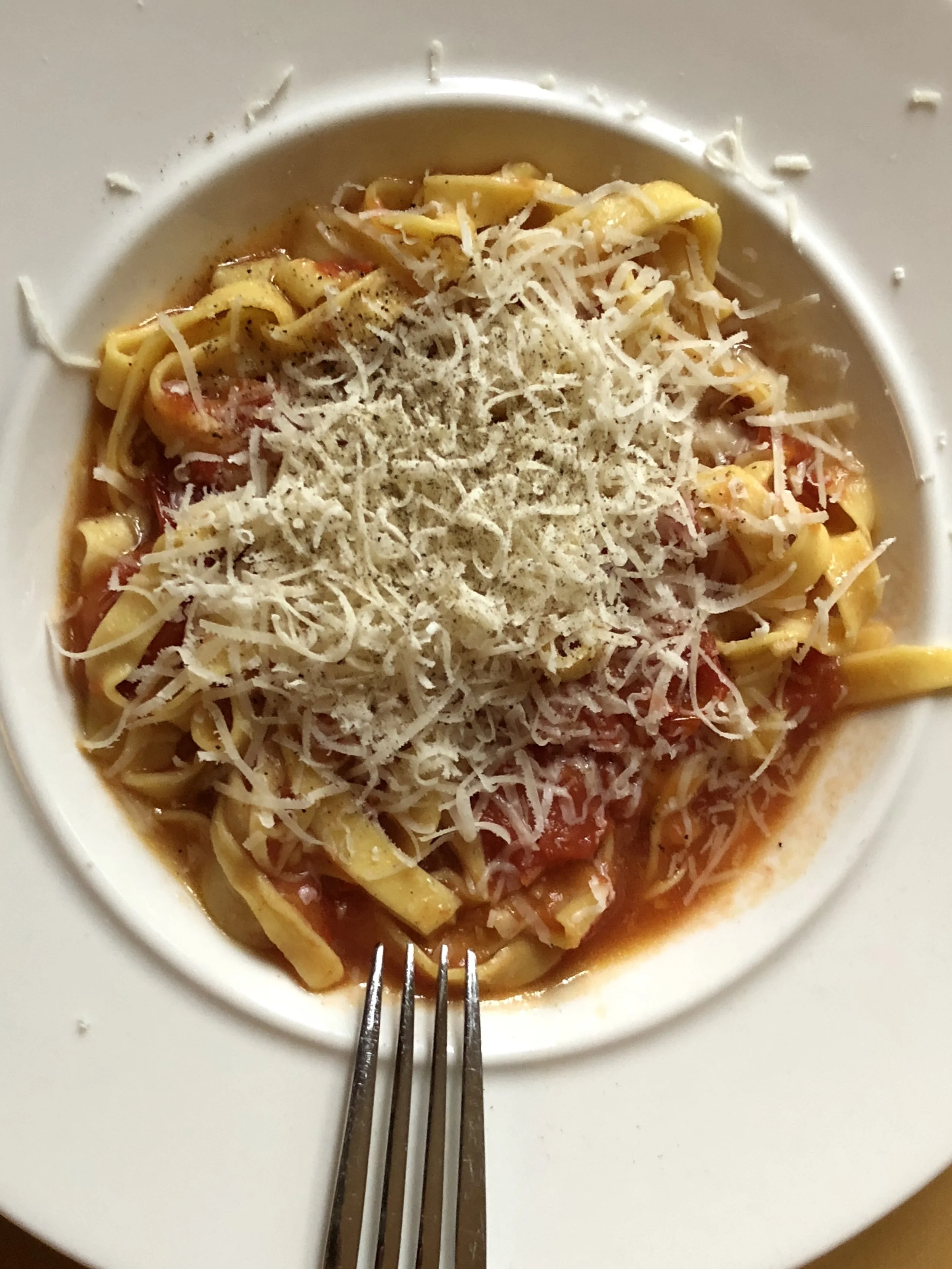The Best Lasagne

You want to make classic lasagne? The best lasagne you have ever tasted?
Well, it takes time, simple enough, there are several steps; make your meat sauce, batter up a béchamel then put the dish together, pop it in the oven, let it cool before finally reheating the next day and devouring.
There are ways to cut corners, save time and do it on the cheap. If that’s what you’re wanting you’re on the wrong page. You can make the ragu a day or two before, actually better, then all you do on the day is your white sauce and assemble away.
It’s so worth it…….
Ragu alla Bolognese.
This should give you enough sauce for about 10 portions of lasagne and some left over for tagliatelle.
Ingredients:
500g minced veal
500g minced pork
4 large onions, peeled and roughly diced.
2 heads of really good fresh garlic, (not cloves), peeled and finely chopped.
Virgin olive oil, don’t be tempted to buy any old shite….the better the oil, the better your sauce.
White wine, Pinot Grigio or Gavi are perfect. I owe Ken Stott the credit for white wine rather than red as I’d been using for years.
Chillies, optional, finely chopped, use the seeds too.
Bunch of fresh oregano, finely chopped, stems too.
2 bunches fresh basil, finely chopped, stems too.
Bunch of flat leaf parsley, roughly chopped leaves, finely chopped stems.
Bunch of spring onions, finely chopped, green and white separated.
1kg tomato pulp, I always use Mutti brand, I think they are next best to preserving your own.
Sea salt flakes
Freshly ground black pepper.
Method:
In a solid bottomed pot warm a good whack of olive oil then add your onions over a low/medium heat, stirring frequently for 10 minutes until soft and opaque, don’t let them burn or colour. Now add the garlic and chillies, (if using), keep stirring we don’t want anything burning. Now add all the chopped stems from your herbs, stir for a couple of minutes.
Add your minced meats, turn up the heat slightly and stir until all of your mince has browned. Add your tomato pulp, mix thoroughly. Season with plenty of salt and pepper, stir!!!! Now add the wine, about half a bottle, neck the rest. Bring your sauce to a gentle simmer then toss in the chopped oregano, white spring onions, and half the basil leaves. Simmer for at least a further 2 hours, constantly stirring. The sauce should be thickening, we don’t want it too wet. If it is a little ‘juicy’ turn up the heat slightly and let it reduce a little. Always stirring…..
Now add the green spring onions, remaining basil, parsley leaves and another good sploosh of olive oil, this time it’s a flavouring, check your seasoning – adjust, stir and cook for a further 30 minutes.Your sauce should be ready and spectacular.. It’s even better if you let it cool then eat it tomorrow.
Points to note:
To carrot or not to carrot? Did your Scottish granny put carrots in her mince? Mine didn’t and it’s the same principal here, whatever you’re used to and like. Lots of recipes call for chopped celery, pancetta, pine nuts and the legs off your neighbours’ wives. Whatever floats your boat, I am a man of simple taste and my neighbour’s wife hasn’t really got digestible legs, they’re wooden.
This sauce, once cooled, is ready for your lasagne as well as some left over, depending upon how much lasagne you make, to have with a wee bowl of tagliatelle, fresh pasta recipe on the ravioli page - just rolled into sheets then cut into ribbons.
Béchamel Sauce
There’s no substituting the real sauce with processed sauces so get your biceps ready for some serious and constant stirring.
Ingredients:
60g unsalted butter, please use real butter.
120g plain flour, I tend to use 00 as it’s what’s in the cupboard.
1 medium onion, peeled and studded with 20 cloves.
1 litre of full fat milk.
2 bay leaves.
Sea salt flakes and freshly ground white pepper.
Method:
Gently melt the butter in a heavy bottomed pot. DO NOT BURN IT.
Add the flour and stir vigorously until you have a gloopy paste. Add the milk, little by little, each time stirring until all absorbed and smooth. Some folk say you should pre-warm the milk but as long as you add it in small quantities and you reach the very bottom of the pan with your wooden spoon,because it must be a wooden spoon or a heatproof spatula to ensure nothing sticking or burning you’ll be fine. Once you have added about half the milk a hand whisk will help ensure you have mixed things properly. Slowly add the remaining milk, stirring all of the time. Your sauce should be the consistency of double cream at this stage. Now season then add the bay leaves and clove studded onion. Turn the heat as low as you are able and let it cook away for 30 minutes being very careful not to let it catch and burn. Your sauce should now have thickened sufficiently, enough to coat the back of a spoon when dipped in it.
Pour through a sieve to remove the onion, bay leaves and any rogue cloves.
You are now ready to use your sauce. Béchamel is a basic white sauce with a wide variety of uses. It’s often seasoned with mace but I like the suggestion of cloves. The onion which poaches during the preparation is very tasty for a nibble.
Now you are ready to build the Lasagne
Method:
Meat sauce.
Béchamel Sauce.
Olive oil.
Lasagne sheets, either fresh, using my pasta recipe from the ravioli - just rolling the paste into sheets or buy a good quality product such as Barilla, my preferred brand. Get the lasagne which does not require pre cooking, it will save a lot of time and fuss.
Parmigiano, grated.
Grease the bottom and sides of a deep oven tray with olive oil. Spoon a little of your béchamel on the bottom of the tray then top with ragu. Next, lasagne sheets; make a single depth layer on top, break off little bits to fill in any spaces and start all over again, béchamel – ragu lasagne, until you have built up 4 or 5 layers.The final layer should be topped with béchamel, ragu and grated Parmigiano. Drizzle a little olive oil over the top before popping into a medium hot oven for about 25/30 minutes. When its ready you can stick a fork through it without any resistance.
Try not to eat it right away, it will fall apart in a mushy slop, still taste good but messy. In an ideal world, make it the day before you’re going to eat it, cool it then chill it, reheat as you need it it will hold together perfectly. If you can’t wait that long let it sit for at least 15 minutes after cooking before cutting and serving.
Serve it with? For me, another portion. For normal people, garlic bread, tomato salad or even coleslaw as Clair suggested.
Your prize for showing self restraint?
You’ve been good chefs and decided not to eat your lasagne until tomorrow. Your prize for showing self restraint? You’ve got plenty of ragu left over, have a big bowl of meaty spaghetti now….





